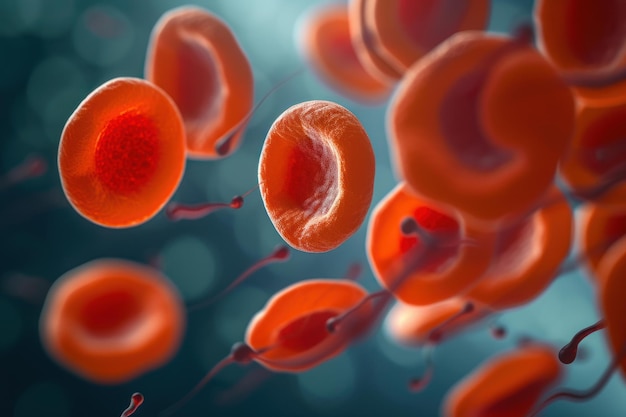Breast self-examinations are a key tool for early breast cancer detection. These self-checks help individuals become familiar with their breasts’ appearance and structure, making it easier to detect any unusual changes.
Breast cancer is the most common cancer among women. It develops when some breast cells grow uncontrollably, forming a tumor in the mammary gland. Tumors can be benign (like fibroadenomas or cysts) or malignant (cancerous). Malignant tumors are dangerous because they can spread to adjacent tissues or different body parts.
Regular self-examinations allow you to learn what your breasts usually look and feel like, enabling you to notice any swift changes. The most frequent sign of a potential tumor is a lump, generally painless but noticeable or visible. Changes in the shape of the nipple, such as inversion, protrusion, or sudden discharge should also be regarded seriously. Checking for alteration in the skin, especially if one breast appears different from the other, is crucial. Conducting regular self-examinations equates to a consistent survey of your breast tissue, aiding in early detection of any new hard spots that weren’t previously present.
Starting from the age of 20, one should perform a breast self-examination once a month, ideally, a week after menstrual cycle termination, owing to the monthly hormonal changes affecting breast structure. The knowledge of one’s body helps in distinguishing between common changes and potential issues. In pregnant or menopausal women, the timing of self-checks is less important. Changes such as alteration in skin texture, nipple discharge, or a variant in breast shape should warrant immediate medical consultation.
Self-examinations consist of two parts: observation and palpation. During observation, irregularities in breast shape, changes in skin color, cracking nipples, skin ulcers, or dimples should be inspected. During palpation, one should feel for any nodules or hard spots using the inner part of three connected fingertips, moving in small circles.
During these self-examinations, watch for changes in the size and shape of one or both breasts, thickening or lumps in the breast or armpit area, nipple discharge, or skin changes like depressions, wrinkles, bumps, or dimples. Unusual sensations, breast nodules, nipple changes, skin or areola inflammations, rashes, and unexplained breast or armpit pain are symptoms to be vigilant for.
A self-exam is not a substitute for a professional examination or diagnostic tests such as mammograms and ultrasounds. However, regular self-exams can help detect cancer early, reducing the risk of late diagnosis. If any of these symptoms are noticed, consult with a healthcare professional immediately.







